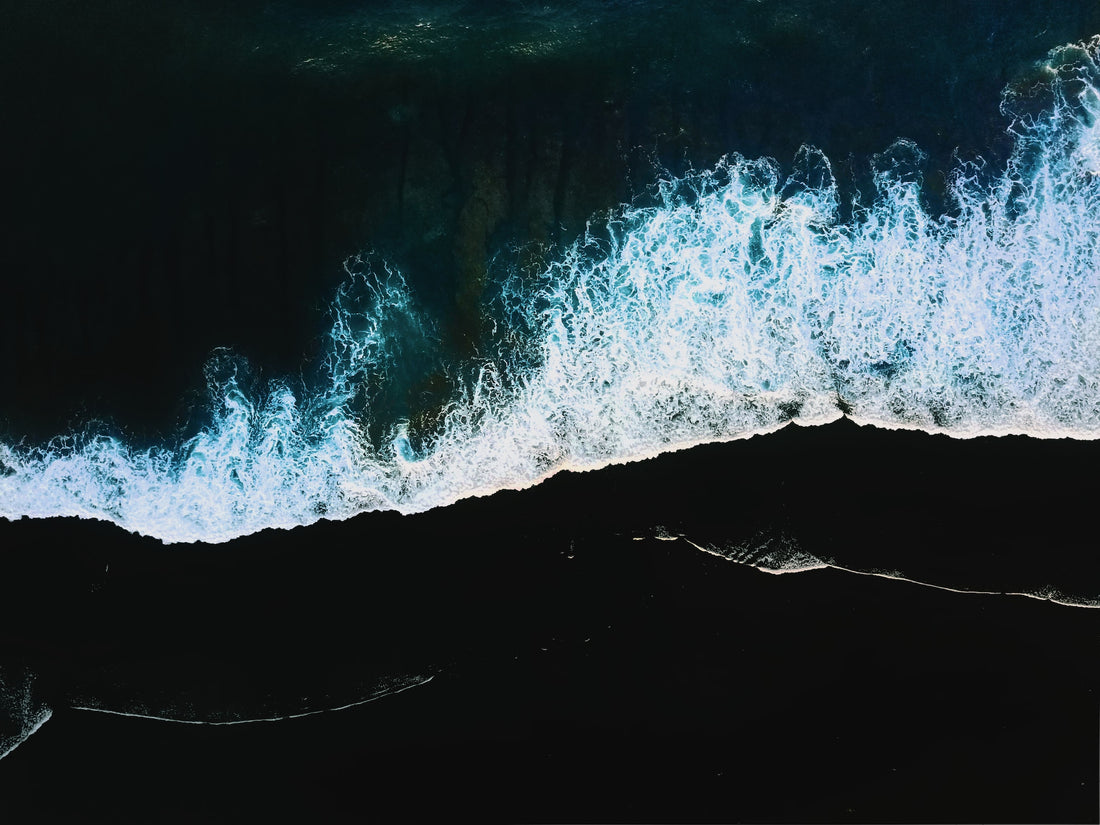Photography is a captivating art that thrives on the interplay of light and shadow, and high-contrast photography takes this dance to the next level. In this blog post, we're delving into the enchanting world of high-contrast photography, where the striking difference between light and dark creates mesmerizing and dramatic images that leave a lasting impact.
The Beauty of High-Contrast Photography:
High-contrast photography is all about making your photos pop by accentuating the extremes of light and shadow. The results are often bold, dramatic, and visually compelling. Whether you're capturing portraits, landscapes, or architectural wonders, mastering high-contrast photography can breathe new life into your art.
Getting Started:
Choose Your Subjects with Care:
High-contrast photography works best with subjects that have strong lines, captivating textures, and eye-catching shapes. Think about architecture, urban scenes, or silhouettes against a bright, open sky.
Play with Lighting:
Experiment with different lighting conditions, whether it's the harsh light of the midday sun, backlit scenes, or the moody ambiance of artificial light sources. The beauty of high contrast is that it thrives in diverse lighting situations.
Adjust Camera Settings:
Tweak your camera settings to make contrast your ally. Play with exposure settings to bring out highlights and deepen the shadows. Shooting in RAW format offers more flexibility for post-processing.
Leverage Filters and Accessories:
Filters, such as polarizers or graduated neutral density filters, can be your secret weapons for controlling and enhancing contrast during shooting. Don't hesitate to experiment with these tools to achieve your desired effect.
Consider Black and White:
While high-contrast images can be stunning in color, converting them to black and white can amplify the drama. During post-processing, explore different techniques to make your images truly stand out.
Post-Processing Techniques:
Highlight and Shadow Enhancement:
In post-processing software, give your highlights a boost and deepen the shadows to accentuate the contrast. This will help draw out details and create a visual masterpiece.
Adjust Curves and Levels:
Fine-tune your images by tweaking the curves and levels. This allows you to have precise control over the tonal range and contrast.
Dodge and Burn:
Utilize dodging and burning techniques to selectively brighten and darken specific areas of your image. This adds depth and dimension to your high-contrast photos.
Sharpness and Clarity:
Enhance sharpness and clarity to make the textures and details in your high-contrast photos even more captivating.
Conclusion:
High-contrast photography is a captivating exploration of the interplay between light and shadow, offering visually striking and impactful results. It invites viewers to engage with powerful visuals, showcasing the beauty that lies in the stark contrast of bright and dark. With the right techniques, choice of subjects, and post-processing skills, high-contrast photography becomes a captivating addition to your photographic journey, allowing you to tell unique stories and evoke emotions through your art. So, pick up your camera and let the dance of light and shadow unfold – the world is your canvas.

